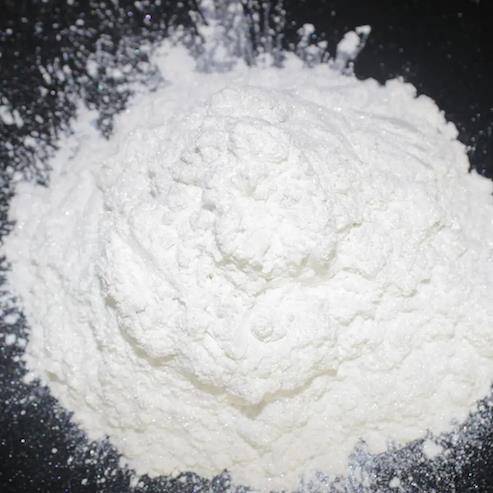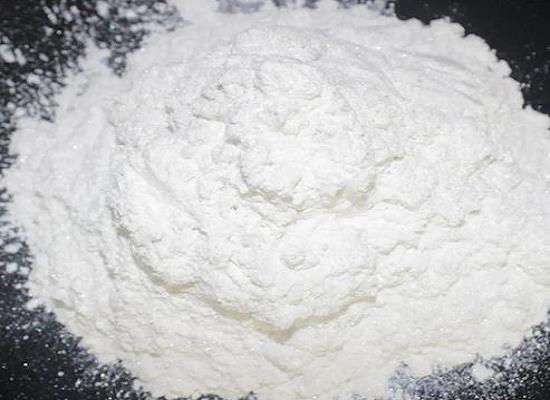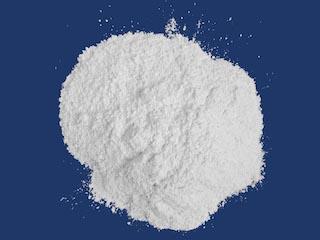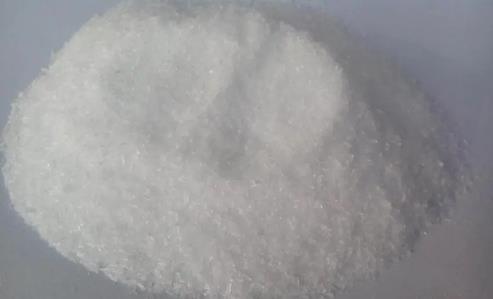Bulevirtide:Application and safety

Figure 1 Appearance of Bulevirtide.
Bulevirtide can be used to treat the compensated chronic hepatitis delta. In a Short-termBLVmonotherapy, in patients treated with Bulevirtide 2 mg/day monotherapy for 24 weeks, a 1.75–2.6 log IU/ml decline at the end of treatment (EOT) compared to baseline was observed [1, 2]. Virological response, defined as HDV RNA undetectability or a > 2 log IU/ ml decline at EOT compared to baseline, occurred in 52%–54% of patients with chronic hepatitis or compensated cirrhosis and in 83% of those with compensated cirrhosis and Clinically Significant Portal Hypertension (CSPH) [1, 2]. The proportion of patients with undetectable HDV RNA ranged between 6 and 11%. While 43%–78% of patients achieved a biochemical response (ALT normalization), 23%– 67% had a combined response at EOT. In the French multicenter study, 68% and 39% of patients achieved a virological response and undetectable viremia at week 48 respectively [3]. The efficacy of BLV monotherapy as long-term suppressive therapy is poorly known. In the only two patients published so far, a 3-year course of BLV monotherapy at the initial dose of 10 mg/ day demonstrated excellent virological and biochemical results in patients with compensated HDV-related cirrhosis not eligible for pegIFNα therapy [4]. In the patient with compensated cirrhosis and oesophageal varices, virological and biochemical responses led to a significant clinical improvement: oesophageal varices disappeared, histological/laboratory features of autoimmune hepatitis secondary to HDV infection resolved, AFP levels normalized and liver stiffness, platelets and albumin levels significantly improved.
BLV monotherapy was well-tolerated even in patients with HDV-related compensated cirrhosis, who received up to 10 mg of BLV per day over 120 weeks [5]. The only observed laboratory side effect was a significant but clinically not relevant increase in serum bile acid levels during the BLV treatment, which is due to the inhibition of NTCP-mediated clearance of bile acids from the systemic circulation [6]. Rare cases of hypersensitivity reactions followed the administration of BLV. One patient presented with erythematous, subcutaneous plaques at the injection sides, showing a rapid increase in size up to 7 days after the injection 2 months after starting BLV (2 mg/d). The lesions were accompanied by intense pruritus. After desensitization, the treatment was restarted without any further problems. In another patient, a late onset of local, T-cell-mediated allergic skin reactions were observed after BLV injection. Symptoms improved despite the continued treatment [7]. In summary, BLV is a new treatment option for chronic hepatitis D. Clinical trials and real-world experiences demonstrated that BLV 2 mg administered for 24 or 48 weeks as monotherapy or combined with pegIFNα reduces HDV viremia and normalizes ALT levels in a large proportion of patients. The combination of BLV and pegIFNα shows a synergistic on-treatment effect compared to either one of the monotherapies. Treatment is generally well-tolerated. Preliminary data of real-life studies support BLV 2 mg as long-term monotherapy even in patients with advanced compensated cirrhosis or combined with pegIFNα. However, the optimal dose as monotherapy (2 vs. 10 mg per day), the duration of therapy, stopping rules, and long-term results after stopping the treatment (sustained or maintained virologic response) must be studied.
[1]Wedemeyer H, Aleman S, Brunetto M, et al. Efficacy and safety of bulevirtide monotherapy given at 2 mg or 10 mg dose level once daily for treatment of chronic hepatitis delta: week 48 primary end point results from a phase 3 randomized, multicenter, parallel design study. J Hepatol. 2022;77:S4-S5.
[2]Loglio A, Uceda Renteria SC, Sambarino D, et al. Early clinical and virological changes in HDV patients with advanced cirrhosis treated with bulevirtide monotherapy in a real-life setting. Hepatology. 2021;74:S1413A, LP36.
[3]De Ledinghen V, Guyader D, Metivier S, et al. Safety and efficacy of 2 mg bulevirtide in patients with chronic HBV/HDV co-infection. First real-world results (French early access program). Hepatology. 2021;74:S16A.
[4]Loglio A, Ferenci P, Uceda Renteria SC, et al. Safety and effectiveness of up to 3 years' bulevirtide monotherapy in patients with HDV-related cirrhosis. J Hepatol. 2022;76:464- 469.
[5]Degasperi, E.; Anolli, M.P.; Renteria, S.C.U.; Sambarion, D.; Borghi, M.; Perbellini, R.; Scholtes, C.; Facchetti, F.; Loglio, A.; Monico, S.; et al. Bulevirtide Monotherapy for 48 Weeks in Patients with Hdv-Related Compensated Cirrhosis and Clinically Significant Portal Hypertension. J. Hepatol. 2022.
[6]Chan, H.L.Y.; Ahn, S.H.; Chang, T.T.; Peng, C.Y.; Wong, D.; Coffin, C.S.; Lim, S.G.; Chen, P.J.; Janssen, H.L.A.; Marcellin, P.; et al. Peginterferon Lambda for the Treatment of Hbeag-Positive Chronic Hepatitis B: A Randomized Phase 2b Study (Lira-B). J. Hepatol. 2016, 64, 1011–1019.
[7]Behrendt, P.; Traidl, S.; B?ker, K.H.W.; Wedemeyer, H.; Deterding, K. T-Cell Driven Allergic Cutaneous Reaction Complicating Treatment of Hepatitis Delta Virus Infection with Bulevirtide. Liver Int. 2022, 42, 1770–1771.
);


